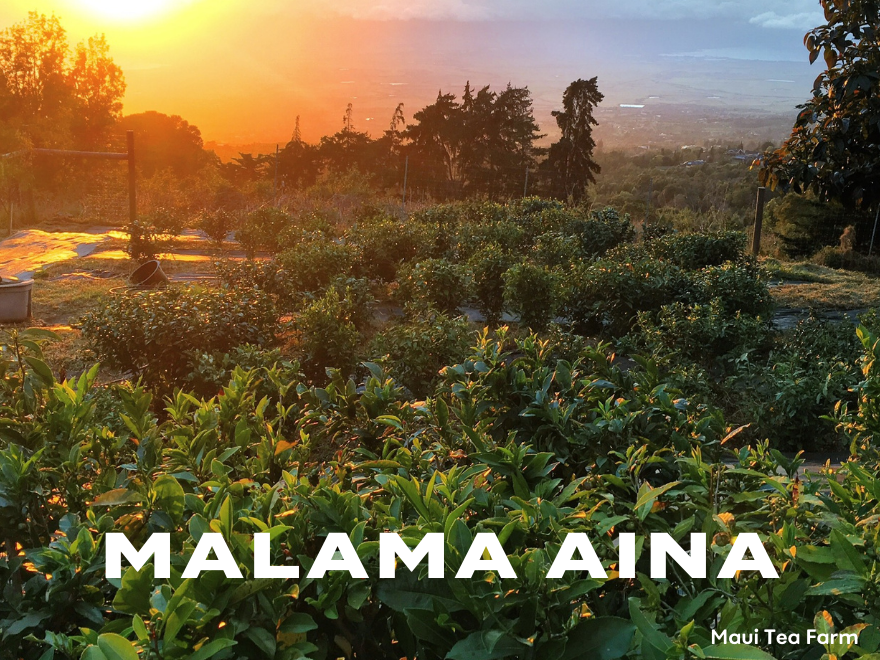
Sustainable Agriculture | Less Chemicals Benefit All
“Sustainable agriculture” has become a bit of a buzz phrase and something our hearts find easy to accept. Our heads can find plenty to support once we understand the mindset. When we connect sustainable farming to better nutrition and less chemicals from the foods we eat and the drinks we drink, it is a positive force in this world. Sustainable agriculture is not a fad. It is a time-tested way of life and a movement that is changing the world.
Many Roads, One Destination
Sustainable, regenerative agriculture embraces raising crops with respect for the land and the people who labor on it, while leaving room for profit. After all, farming is a business that must be sustainable as well.
Different names for the same concept can be confusing: USDA Organic certified is the traceable system of sustainable agriculture used in the U.S.; in Japan and Korea, the “Natural Farming” method focuses on the living microbials in the soil while avoiding chemical inputs. Biodynamics, a term used in Europe, is the holistic, ecological and ethical approach to farming, food and nutrition.
Biodynamic farming was my first introduction to sustainable agriculture 20-plus years ago through my mentor for Ceylon teas. I was fascinated by how Sri Lankan farmers filled sheep horns with manure and buried them in the fields to fertilize the crops in a time-release fashion instead of spraying chemicals. I’d never seen anything like it.

Life changed in these places after sustainable farming practices were adopted. Infant mortality, chronic diseases and cancer rates dropped or were eliminated in villages and across tea growing regions. On farms in Ratnapura, Sri Lanka, where Ceylon Gold and Ceylon Silver Tips come from, wildlife like black panthers and cockatoos that had not been seen for years returned to the surrounding jungle and rainforest.
In Hawaii, Alex and Andrea de Roode, who provide mamaki and Haleakala black tea, grow their crops amid native koa, ‘ōhi'a lehua, and māmane trees, fruit trees and exotic botanicals. Corp diversity is another cornerstone of sustainability.
Much of what might once have been considered farm waste is viewed as a resource used in composting and mulching, to help condition the soil and reduce irrigation needs. They’ve incorporated Native Hawaiian farming knowledge, as well as the natural biodiversity and rich volcanic soil of Upcountry Maui.

Malama Aina
Malama Aina values stewardship that cares for and protects natural resources. We source ingredients from many family-owned farms around the world because these suppliers are conscientious about their craft, their community and the environment. Simply put, sustainable growers avoid harmful inputs that could adversely affect the health of their own ohana living on the farm.
We asked these partners to explain the importance of farming with respect for the Earth and their take on sustainable agriculture. Here is feedback from growers in three different countries.
Question: What led you to focus your efforts on sustainable agriculture?
From a botanical farmer in Ecuador: “We saw how people through the years got sick with GMO and conventional products." The difference has been huge, this farmer said, “because we are part of an alternative process of sustainability and preservation of ancestral knowledge, and at the same time we are helping other families to stay in the rainforest of Ecuador, through a circular and local economy. We are very proud to be part of a new era.”
Q: What difference has sustainable farming made in your life, the lives of your workers and the surrounding community?
From a generational Japanese farmer who produces tea in our Organic Green Tea: “During the years we used pesticides, the local community would voice discomfort about the spraying and risks involved. After switching to organic growing, their opinions improved remarkably, to the point where many now help with the care of the tea plantation and surrounding areas.”
They once feared exposing their family to harmful chemicals, simply by being around them after spraying the crops, but no more. “This also led to me to being more conscious about the health of myself, my kids and our family, choosing environmentally friendly and healthier options in daily life as well.”
Together We Can Do More
We look for systems that are compatible with the U.S. and are sustainable, traceable and clean. Ingredients are imported directly from the farms to our factory and into your cup in an unbroken chain. Some Indian growers have banded together into a co-op to achieve greater change and innovation for their communities.
Q: What would you like consumers to know about your work in sustainable agriculture?
From a farmer in India who grows organic teas in Hawaiian Natural Tea: “As we look ahead to the next 20 years, we believe we need to Redesign, Recreate, Revive, Research, Replenish, Rejuvenate and Rethink our efforts at building a sustainable future for our communities. We are focusing our efforts toward reducing greenhouse gas emissions and helping our communities tackle climate change. We are now working toward a 100% shift to renewable energy. We embarked on a journey three years ago to calculate our carbon footprint in our tea gardens.”
“We traced the emissions in our transport vehicles, electricity consumption, fuel consumption and other nonrenewable sources of energy use. Every negative emission created was calculated so we could make sure to offset whatever we produce."
“We have planted large numbers of trees to improve carbon sequestration and soil quality. We are also installing solar lighting in the villages within the tea garden. In addition to this and have restored a hydroelectric turbine which provides electricity to the entire processing unit.”
Conclusion
A mentor taught me, “Good tea is not cheap and cheap tea is not good.” I realize after 25-plus years in the industry that “good” means more than just taste and “cheap” comes at a cost. Imported teas from giant plantations that spray chemicals will always be cheaper. These chemicals leach into the soil and into our bodies. Or, we can choose to support a movement that is healthier and better for us, the farmers, communities and the world. We are what we drink.
This article was co-written by Byron Goo and Betty Shimabukuro.


Comments
Helene Edwards
Good for you!!
I love Hawaii and your teas.
Sustainable growing is our survival necessity as the population expands so fast.
September 29, 2022
Leave a comment